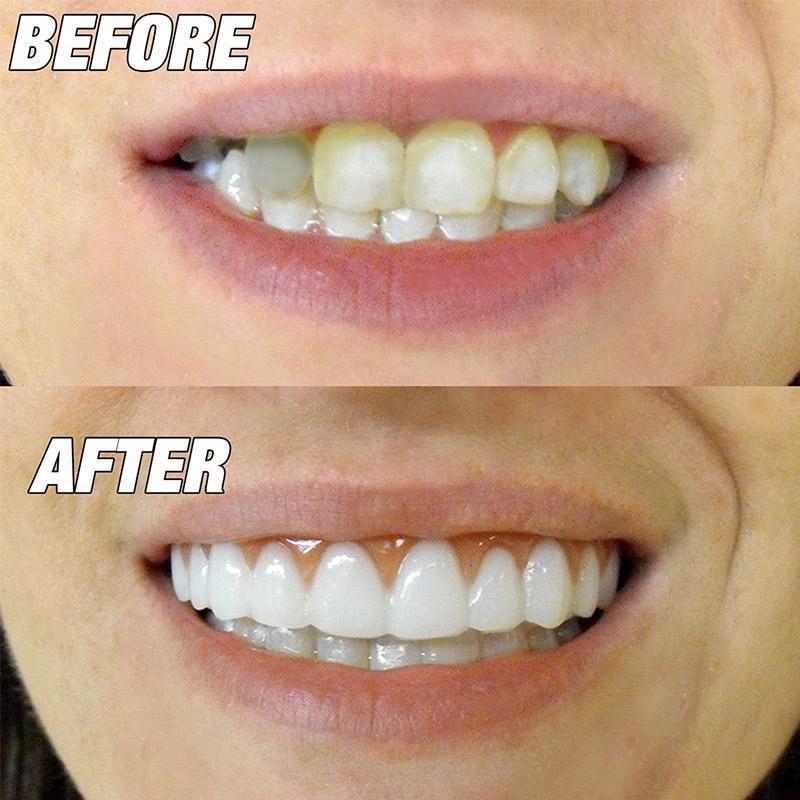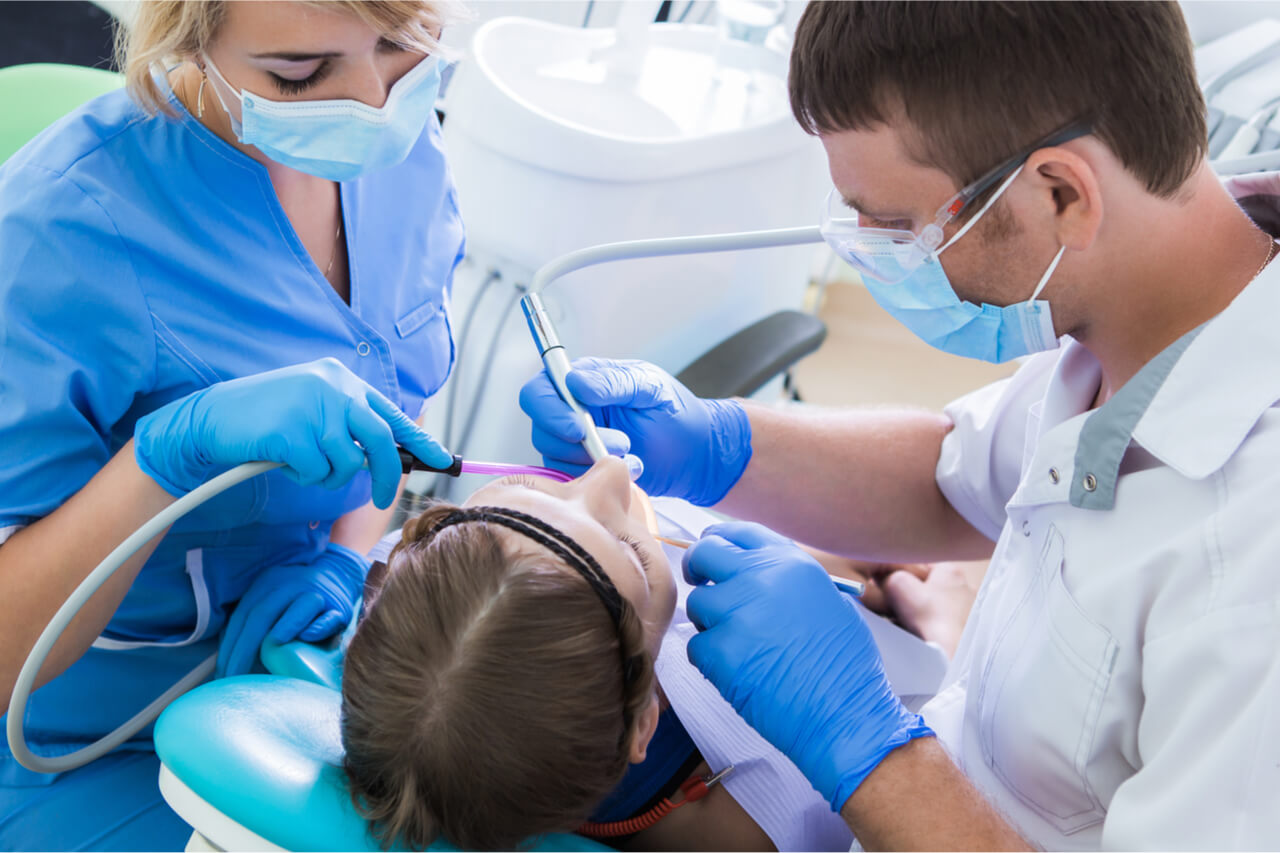What Is Cephalometric X Ray? Diagnostic Guide
Cephalometric X-rays are a crucial diagnostic tool in the field of orthodontics and dentistry, providing valuable insights into the structure and alignment of the teeth, jaws, and facial bones. These specialized X-rays are an essential component of a comprehensive orthodontic evaluation, allowing practitioners to assess the relationship between the teeth, jaws, and facial bones, and develop effective treatment plans.
What is a Cephalometric X-Ray?
A cephalometric X-ray is a type of radiograph that captures a side-view image of the head, focusing on the craniofacial complex. The term “cephalometric” comes from the Greek words “kephalē,” meaning head, and “metron,” meaning measure. This diagnostic tool is designed to provide a precise measurement of the spatial relationships between various craniofacial structures, including the teeth, jaws, and facial bones.
How is a Cephalometric X-Ray Taken?
To take a cephalometric X-ray, the patient is positioned in a specialized machine that rotates around their head, capturing a precise, side-view image of the craniofacial complex. The X-ray beam is directed through the head, and the resulting image is recorded on a digital sensor or film. The entire process typically takes only a few seconds, and the patient is exposed to minimal radiation.
What Does a Cephalometric X-Ray Reveal?
A cephalometric X-ray provides a wealth of information about the craniofacial complex, including:
- Tooth and jaw alignment: The X-ray shows the relationship between the upper and lower teeth, as well as the alignment of the jaws.
- Facial bone structure: The image reveals the shape and size of the facial bones, including the maxilla, mandible, and zygomatic bones.
- Craniofacial proportions: The X-ray helps assess the overall proportions of the craniofacial complex, including the ratio of the facial bones to the skull.
- Airway patency: The image can indicate potential airway obstructions or restrictions, which can be relevant in orthodontic treatment planning.
Diagnostic Applications of Cephalometric X-Rays
Cephalometric X-rays are used in various diagnostic applications, including:
- Orthodontic treatment planning: To assess the relationship between the teeth, jaws, and facial bones, and develop a personalized treatment plan.
- Surgical planning: To evaluate the facial bone structure and plan surgical interventions, such as orthognathic surgery.
- Growth and development assessment: To monitor the growth and development of the craniofacial complex in children and adolescents.
- Sleep apnea diagnosis: To evaluate the airway patency and assess potential sleep apnea risks.
Key Benefits of Cephalometric X-Rays
The use of cephalometric X-rays offers several benefits, including:
- Accurate diagnosis: Provides precise measurements and insights into the craniofacial complex.
- Personalized treatment planning: Enables practitioners to develop tailored treatment plans based on individual patient needs.
- Minimally invasive: A non-invasive diagnostic tool that exposes patients to minimal radiation.
- Cost-effective: A relatively low-cost diagnostic tool compared to other imaging modalities.
Common Indications for Cephalometric X-Rays
Cephalometric X-rays are commonly indicated in the following situations:
- Orthodontic evaluation: As part of a comprehensive orthodontic evaluation.
- Surgical planning: Prior to orthognathic surgery or other surgical interventions.
- Growth and development monitoring: To monitor the growth and development of the craniofacial complex in children and adolescents.
- Sleep apnea diagnosis: To evaluate airway patency and assess potential sleep apnea risks.
Limitations and Potential Drawbacks
While cephalometric X-rays are a valuable diagnostic tool, there are some limitations and potential drawbacks to consider:
- Radiation exposure: Although minimal, there is still some radiation exposure associated with cephalometric X-rays.
- Two-dimensional representation: The X-ray provides a two-dimensional representation of a three-dimensional structure, which can lead to some limitations in interpretation.
- Variability in interpretation: Different practitioners may interpret the same X-ray image differently, highlighting the importance of experienced and trained professionals.
Conclusion
Cephalometric X-rays are a powerful diagnostic tool in the field of orthodontics and dentistry, providing valuable insights into the structure and alignment of the teeth, jaws, and facial bones. By understanding the benefits, limitations, and applications of cephalometric X-rays, practitioners can develop effective treatment plans and improve patient outcomes.
What is the primary purpose of a cephalometric X-ray?
+The primary purpose of a cephalometric X-ray is to assess the relationship between the teeth, jaws, and facial bones, providing valuable insights for orthodontic treatment planning and diagnosis.
How is a cephalometric X-ray taken?
+A cephalometric X-ray is taken using a specialized machine that rotates around the patient's head, capturing a precise, side-view image of the craniofacial complex.
What are the common indications for cephalometric X-rays?
+Cephalometric X-rays are commonly indicated for orthodontic evaluation, surgical planning, growth and development monitoring, and sleep apnea diagnosis.
In conclusion, cephalometric X-rays are a valuable diagnostic tool that provides essential information for orthodontic treatment planning and diagnosis. By understanding the benefits, limitations, and applications of cephalometric X-rays, practitioners can develop effective treatment plans and improve patient outcomes.


